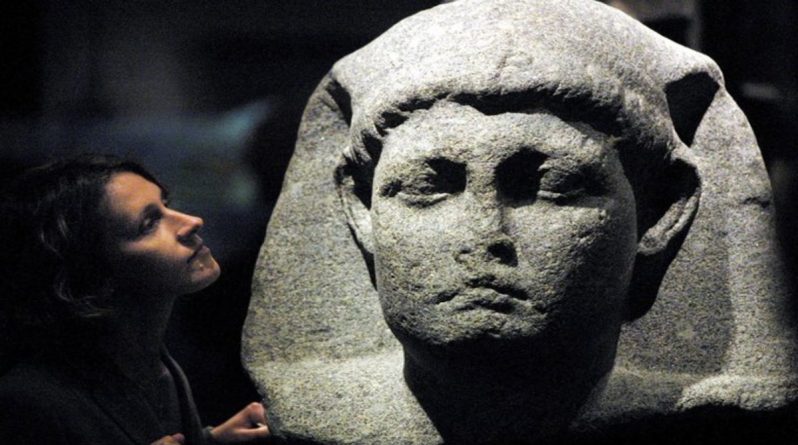
One of the most famous love affairs stories may finally be coming to an end after more than 2,000 years.
Archaeologists have hinted at a key breakthrough in the search for the resting place of Egyptian Queen Cleopatra — the hidden tomb where she was supposedly buried with her lover Mark Antony after their deaths .
The discovery was made during a thorough excavation at Taposiris Magna, a temple with many passages and tombs in the Nile Delta, as reported by the Science Channel.
Scientists found an «undisturbed tomb decorated with gold leaf,» which, according to a new documentary, «may be the answer to the 2,000-year-old mystery of Cleopatra's final resting place.»
«The findings change our understanding of who she was and how she lived,» the channel reports about the findings, which will be presented in the 2-hour film “Cleopatra: Sex, Lies and Secrets.” The film follows a team of scientists led by Dr. Caitlin Martinez, who describes herself as «a Dominican archaeologist in search of Cleopatra.» Social networks have already hinted at numerous breakthroughs in information about the queen.
Cleopatra became the last queen of Egypt. She was crowned at age 18 and became one of the most famous female rulers in history.
Nevertheless, she is associated with «seduction, beauty and scandal.» She has been called «a popular culture icon and one of the least studied but important female figures in history.» She became the heroine of numerous films and books, but until now scientists have not been able to find her tomb, although news of a possible discovery periodically appears in the press.
It is believed that Cleopatra died at the age of 39 and was buried with her beloved by Mark Antony, giving rise to a more than 2,000-year-old mystery about the exact location of her tomb. Now, perhaps, the tomb will be found.